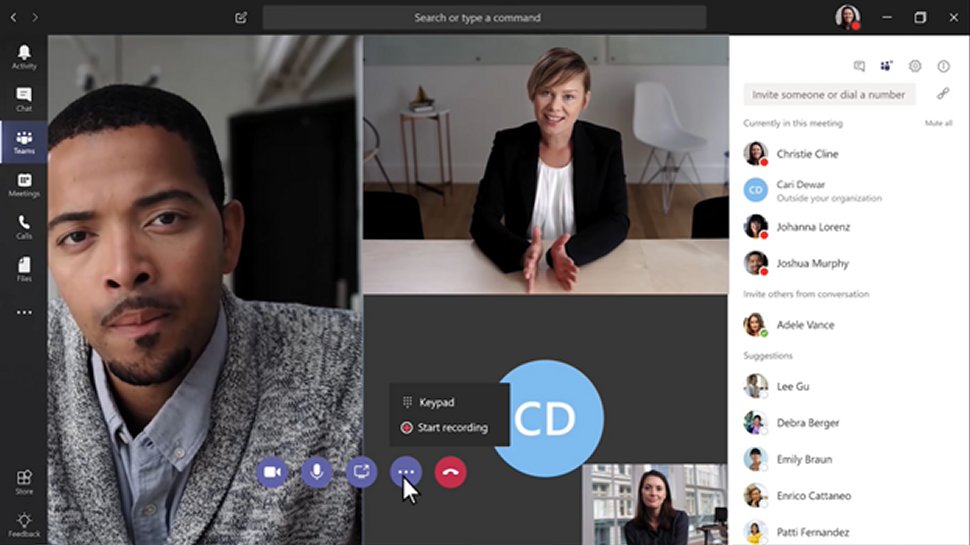Microsoft Teams AI could soon tell you which attendees are most engaged
You better have your game face on

Microsoft has created a new artificial intelligence tool that will inform Teams users which meeting participants are most engaged. The AI solution, dubbed AffectiveSpotlight, will use a neural network to analyze facial expressions and determine how individuals are responding to the speaker.
In early studies, AffectiveSpotlight has received a positive response from speakers, with many confirming that they felt better about speaking when the software was running. Audience members, however, did not notice any difference in the quality of the presentation whether the AI was in operation or not.
“The ability to monitor audience reactions is critical when delivering presentations,” the Microsoft research team explained. “However, current videoconferencing platforms offer limited solutions to support this. This work leverages recent advances in affect sensing to capture and facilitate communication of relevant audience signals.”
- Here's our list of the best video conferencing services around
- We've also built a list of the best business webcams
- And we've ranked the best headsets for conference calls
Look engaged
AffectiveSpotlight works by classifying expressions into common human emotions, including sadness, happiness, or surprise, and even boasts an eyebrow detection systems to spot confusion. All expressions are rated between 0 and 1, with positive responses receiving the highest score. At 15-second intervals during a call, the Teams participant with the highest score is shown to the presenter.
Microsoft has worked hard to add new features to Teams throughout the COVID-19 pandemic, including revamping its storage system and making it easier to share files with colleagues. Other online collaboration tools have launched similar upgrades, with competition heating up as businesses continue to rely on digital tools to enable remote working.
Whether or not AffectiveSpotlight makes much difference to Teams users, it is likely that AI will play an increasingly important role in the workplace going forward, so it would be no surprise if it gets added to other collaboration tools.
- Also, check out our rundown of the best collaboration tools available
Via New Scientist
Sign up to the TechRadar Pro newsletter to get all the top news, opinion, features and guidance your business needs to succeed!
Barclay has been writing about technology for a decade, starting out as a freelancer with ITProPortal covering everything from London’s start-up scene to comparisons of the best cloud storage services. After that, he spent some time as the managing editor of an online outlet focusing on cloud computing, furthering his interest in virtualization, Big Data, and the Internet of Things.
